TV
Danish ‘Borgen’ star making up for lost time
She made her name in hit TV drama "Borgen", but only a few years later Danish actress Sidse Babett Knudsen is juggling coveted small- and big-screen roles on both sides of the Atlantic.
Published: 22 November 2016 08:55 CET
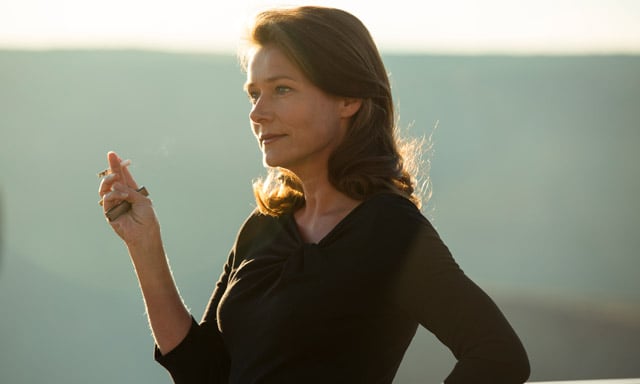
Sidse Babett Knudsen plays the manager of a futuristic amusement park in HBO's "Westworld". Photo: HBO Nordic
It is all a long way from her Copenhagen roots — especially for an actress who spent a long time struggling, before finally making the big time.
The award-winning 47-year-old, who played Denmark's first female prime minister in the political drama, is currently starring alongside Hollywood veteran Tom Hanks in “Inferno” by Oscar-winning director Ron Howard.
At the same time on the small screen she is in hit US sci-fi western thriller “Westworld” with Anthony Hopkins.
Back in Europe she won a Cesar, France's version of the Oscars, this year for “L'hermine,” while her latest Gallic outing is in “La Fille de Brest” after French film icon Catherine Deneuve suggested her for the role.
When director Emmanuelle Bercot offered her the part, the elegant blue-eyed actress didn't believe him at first.
“I was like 'What are they thinking?' because I don't speak French very well. I thought maybe somebody told them I was half French because I studied in France,” she told AFP, sitting in a plush Paris hotel.
“Maybe they thought that was it,” she added.
Much like in “Borgen,” for which she shared a BAFTA award, she loves playing strong and intelligent women. “I love being in the skin of courageous people. That inspires me,” she said.
“When I read a part, either I think it makes the world smaller or the world bigger. I want to go towards those where I see the world getting bigger.”
In “Inferno,” she plays the head of the World Health Organization (WHO), while in HBO megaseries “Westworld” she is the operations manager of a futuristic amusement park.
“It's been wonderful to work in such different places and in such different settings. I really liked that,” she said.
Childhood ambition
Born in Copenhagen to a photographer father and teacher mother, she spent part of her childhood in Tanzania — but she decided at the tender age of eight that she wanted to be an actress.
But it was only 10 years later, when she arrived in France with a bicycle to be an au pair, that she started doing something about her ambition to be on the big screen.
Between odd jobs she took acting lessons, indulged her love for cinema and spent lots of time in the Pompidou Centre, where she learned French by reading a translation of Kafka's Metamorphosis.
But after six years she decided to return to Copenhagen, tired of struggling to make ends meet.
“I came back because it was not easy being (in Paris) I had no place to live and it was just going around with your hat, asking for jobs all the time. It became a bit too hard,” she said.
Back in her home town, “a friend of mine did (Ibsen's) 'Peer Gynt', and she asked me to come to Dan, and I thought 'Yeah, do that'.” Further parts with the same theatre group followed.
Her cinema breakthrough came in the 1997 improvisational comedy “Let's Get Lost,” which won her a best actress Bodil, Denmark's version of Hollywood's famous golden statuettes.
She followed that in 1999 with romantic comedy “The One and Only” by Susanne Bier, and seven years later “After The Wedding” with Mads Mikkelsen.
But she really made the big time with “Borgen,” which hit TV screens in 2010.
The Danish TV series, in which she plays premier Birgitte Nyborg, has been a hit around the world, with one US critic comparing it to Emmy and Golden Globe-winning political drama “The West Wing”.
As she entered her 40s, it changed her life. “Absolutely,” she said. “The consequences of 'Borgen' did, because I'm here now, finally. It has opened a lot of doors.”
Url copied to clipboard!

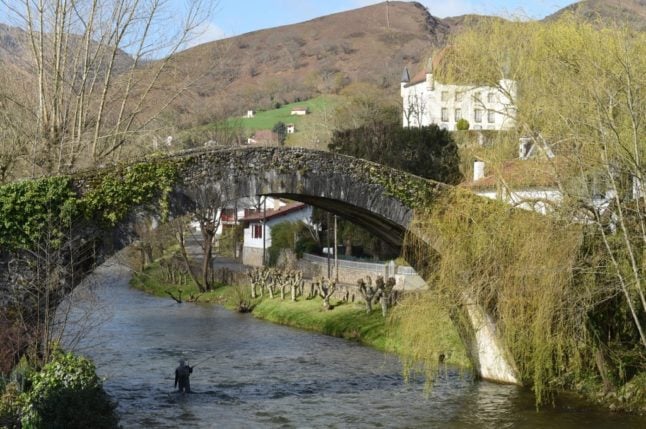
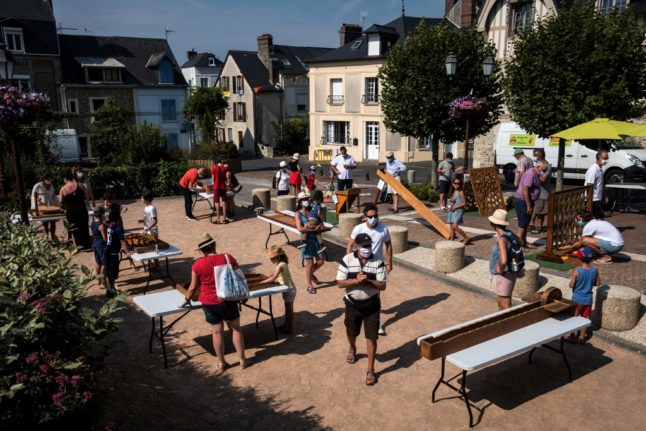
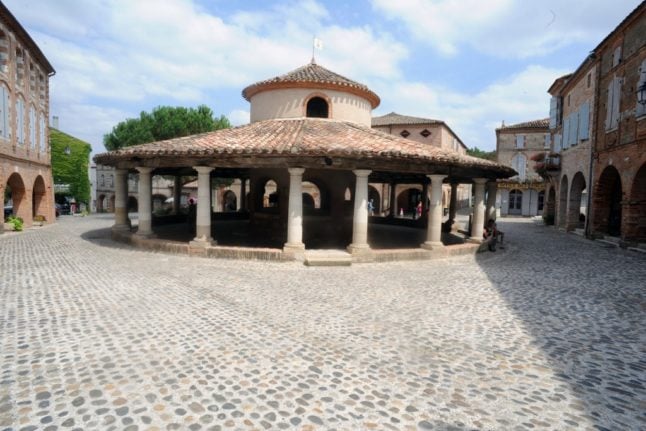
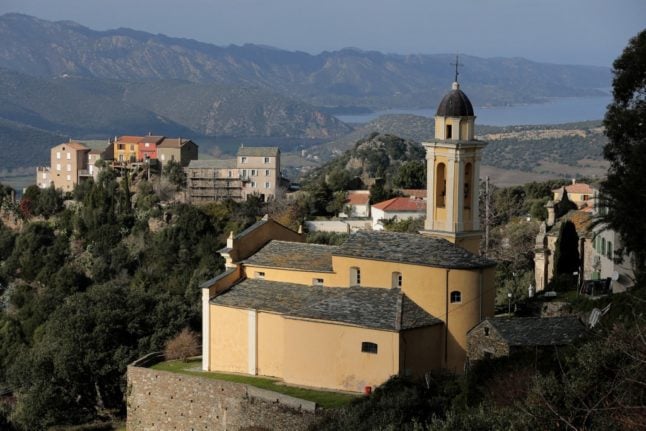
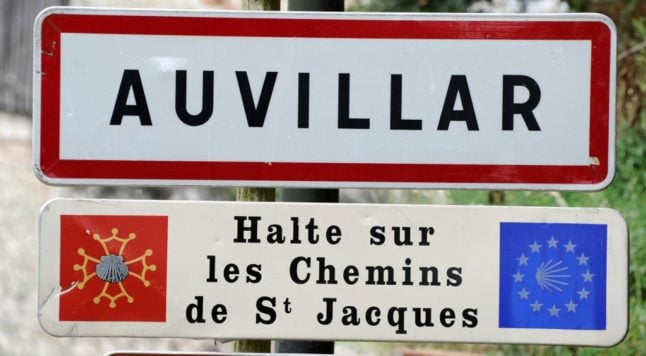
 Please whitelist us to continue reading.
Please whitelist us to continue reading.
Member comments